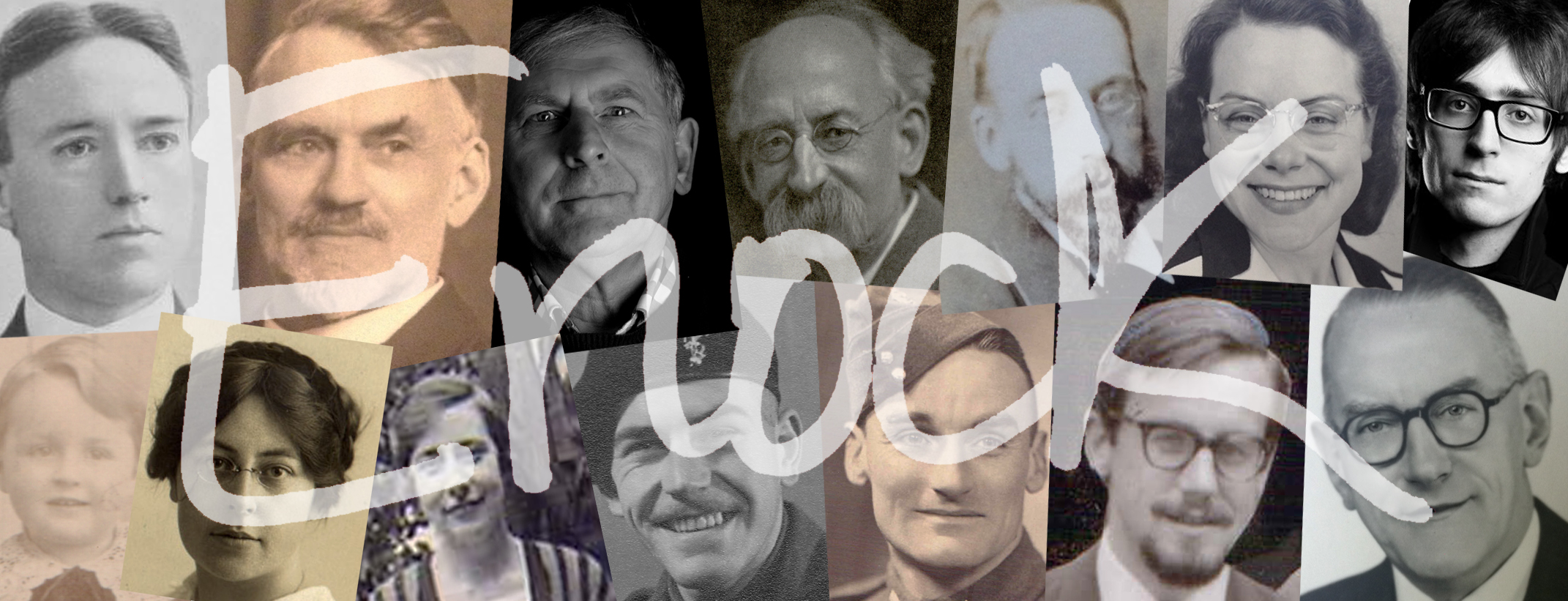|
|
|||
| Home | Name Index | County Index | Contact |
|
Societies and leisure. Hotricultural Society. 1835 - 'A Horticultural Society was founded on the East Wing in 1835, with the help of Robert Doeg and Charles Barnard, and though it only lasted for about twelve years (1847), it gave some of the boys an outlet for their energies in the so-called "dark ages".' - Ackworth School - Elfrida Vipont. 'The boys were at this time encouraged to cultivate their little garden-plots, by being permitted, every Spring, to draw upon their accounts in the Office, to the extent of ten-pence each, for the purchase of seeds &c. from James Jones, the school gardener. Great was the excitement when this occasion came round. The lists were always made out in school-time, and their preparation formed the largest business transaction of the year. The long winter months had usually disturbed the memories of amateur gardeners a good deal. Most of them remembered that there were plants called Pansies and a little more reflection usually re-discovered the names of Stocks and Marigolds. Sweet-peas and Wallflowers were words whispered from form to form and, as matters grew more urgent, louder voices spoke of the Mimulus-a wonderfully favourite plant with Ackworth boys-of Prince's-Feather and Love-Lies-Bleeding. Candytuft and Mignonette helped to swell the tenpenny list of the unlearned, but the members of the H.S. ordered Auriculas, Anemones, the Lupinus and the Polyanthus. A few of the wealthier bought Fuschias, all glorious with bloom, or the newer Dahlias -the grand rage of young gardeners of that day.' - Ackworth School during its first hundred years - Henry Thompson. Society of Arts. 1836 - 'The Society of Arts, founded in 1836 under the Presidency of John Newby, proved more lasting; it lapsed for a short time but was revived by Henry Wilson, Master-on-Duty from 1848, who as a schoolboy had been one of the original founders and who had since studied at Bonn and incidentally learnt more about Art than Ackworth could teach at that time. The enthusiasm for Art spread to the West Wing, where later on the Governess, Mary Ann Speciall, instituted a voluntary drawing class which was very popular amongst the girls.' 'The activities of the Society of Arts included drawing, mapping and the making of models in wood, cardboard and other materials, and exhibitions were held at regular intervals. The Society or Arts gave encouragement to boys who were interested in drawing, at a time when there was no art teaching in the school.' - Ackworth School - Elfrida Vipont. Workshop. 1837 - 'An early innovation which helped gradually to alleviate the disciplinary problems of the East Wing was the provision of the first Boy' Workshop in 1837...Though the provision in 1837 was very elementary, from that year onwards handicraft has played a part of increasing importance in the life of the boys at Ackworth. Early crafts included the making of kites (permitted again after the first prohibition) and balloons; the boys made a balloon twelve feet high in honour of Queen Victoria's coronation and named it Alexandrina Victoria.' - Ackworth School - Elfrida Vipont. Entomology. 'Entomology was pursued with much ardour for two or three years about i86o, its study being chiefly distinguished by the successful rearing of specimens . At one time there were fifteen caterpillar establishments in the garden shed , a fertile source of interest, not only to their owners but to great numbers of their schoolfellows. The appearance of Donati's comet was a source of great interest to the children in the autumn evenings of 1858 and gave a fillip to their astronomical pursuits. Many of the boys devoted themselves, with great ardour, to Conchology, soon after this time, under the inspiriting direction of John W. Watson ; whilst Botany was with almost equal zeal pursued by other boys. Nor did the games suffer from these numerous activities. Never did kite-flying attract more enterprise. The boys of this generation tell with pride of a " Dutch kite," with a convex surface , which was able to dispense with a tail ; and of a wonderful effort called the " Black 'Eagle, " whose ascent was considered a marvel of engineering skill. These creatures of the air must have surpassed the cunning of the curious twin kite made by William Coor Parker and his companions in the likeness of Samuel Gill and his bride (nee Elizabeth Airey) and in gratitude to them for the glass of wine given to each of the children, on the occasion of their marriage, thirty years before the time of which we now write.' - - Ackworth School during its first hundred years - Henry Thompson. Page updated 8th September, 2015. | |||
